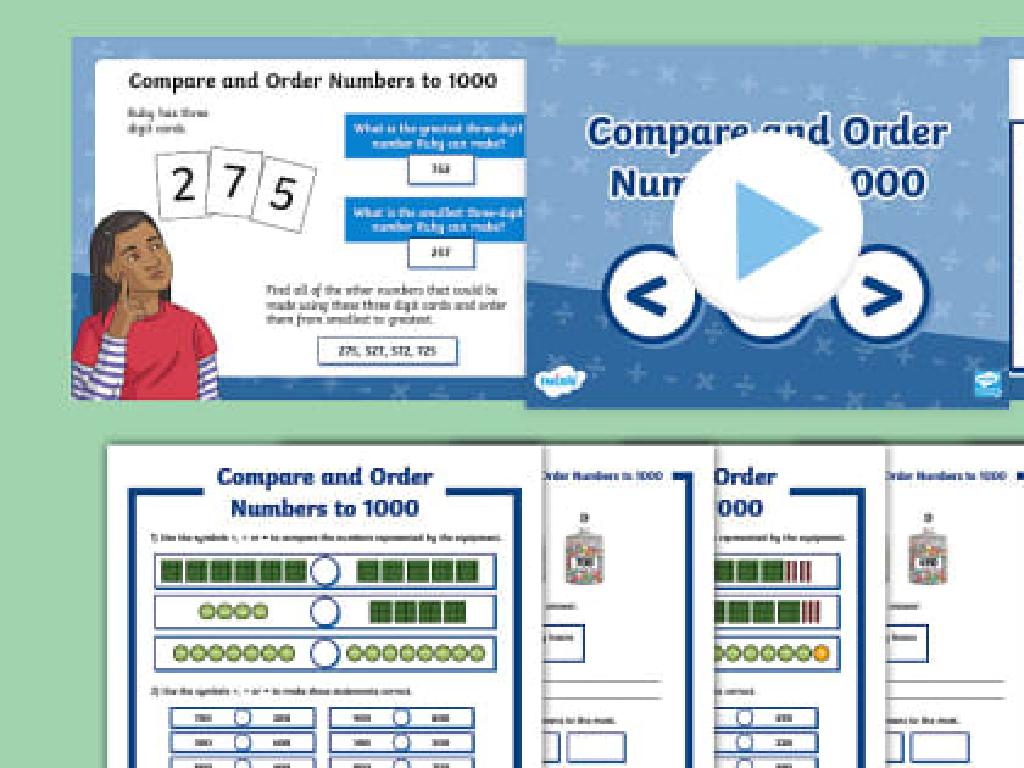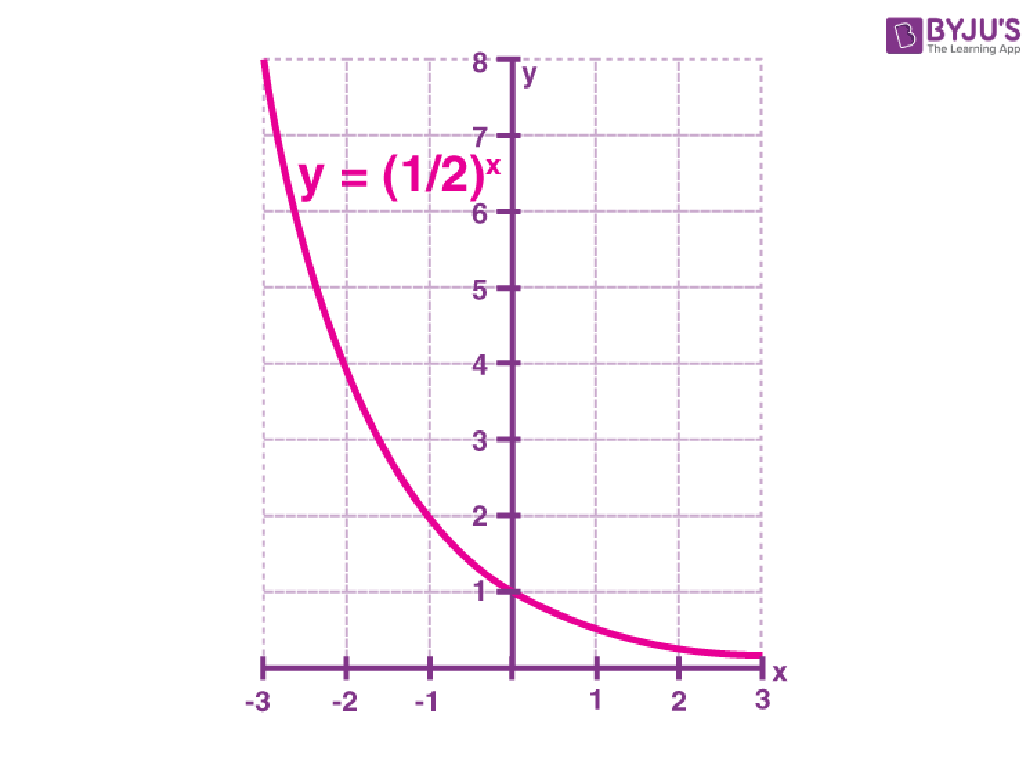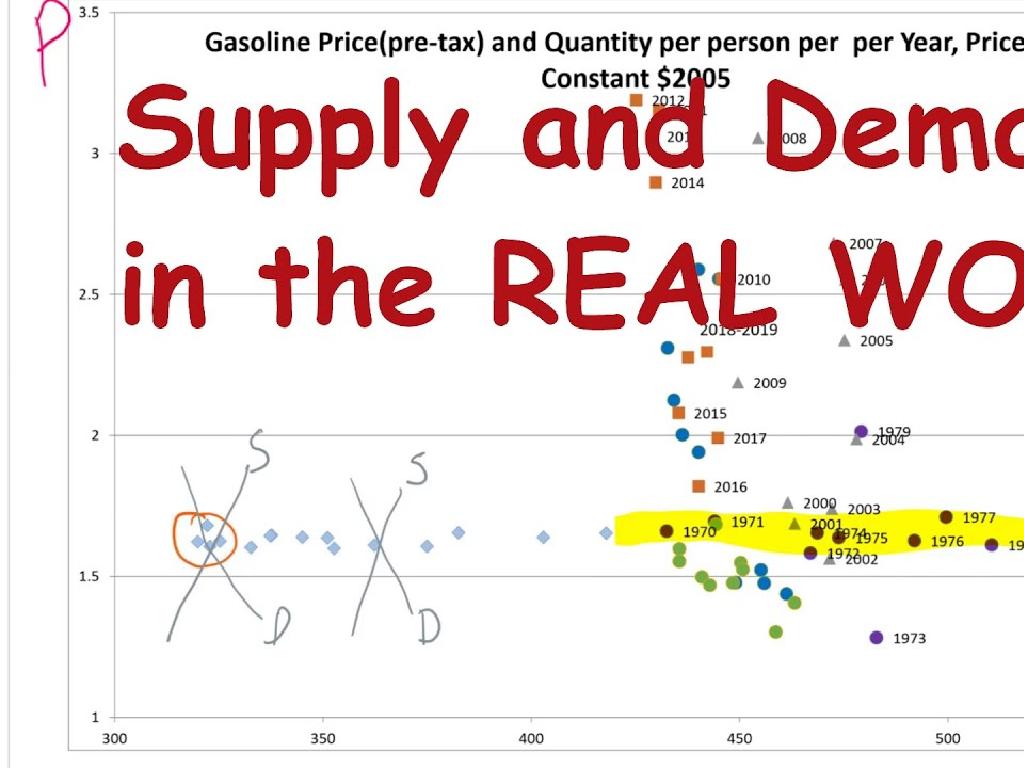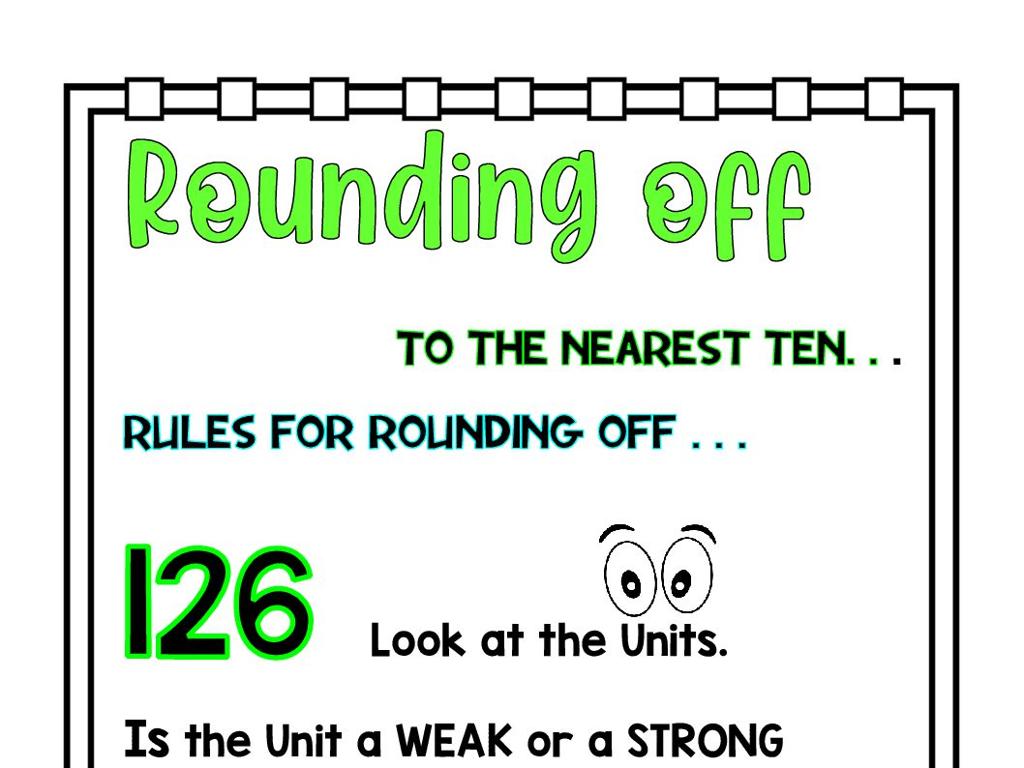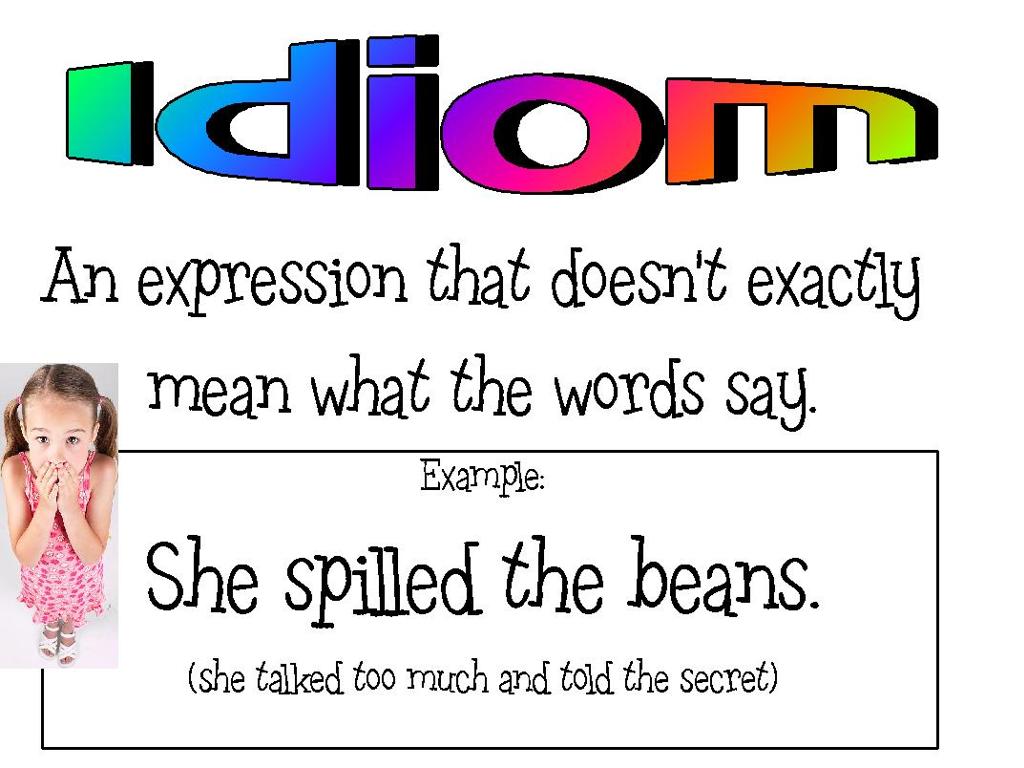Multiply Numbers Ending In Zeros
Subject: Math
Grade: Sixth grade
Topic: Multiply Whole Numbers
Please LOG IN to download the presentation. Access is available to registered users only.
View More Content
Introduction to Multiplication
– What is multiplication?
– It’s an operation to add groups of equal size
– Multiplication as fast addition
– Instead of adding 4+4+4, we do 4×3
– Multiplication in daily life
– Calculating total items in packages or groups
– Practice with examples
|
This slide introduces the concept of multiplication as a foundational mathematical operation. Begin by explaining that multiplication is a way to add equal groups of numbers quickly and efficiently. Emphasize that it’s not just a math concept, but a practical tool used in everyday life, such as figuring out the total number of items when buying multiple packages of the same item. Encourage students to think of multiplication as a shortcut for addition, which can save time and effort. Provide real-life examples and engage students with practice problems to solidify their understanding. This will set the stage for learning how to multiply numbers, especially those ending in zeros, which is a skill they will use frequently in math.
Multiplying Numbers Ending in Zeros
– Multiplying with zeros explained
– When multiplying, count zeros in both numbers and add to the product
– Patterns in zero multiplication
– Recognize how zeros affect the product’s size
– Simplify using zero’s power
– Use zero rules to make multiplication easier
– Practice with examples
– Try 200 x 50 or 40 x 300 to apply what you’ve learned
|
This slide introduces the concept of multiplying numbers that end in zeros, which is a common occurrence in math. Start by explaining that when two numbers with zeros at the end are multiplied, the number of zeros in the product is the sum of the zeros in the factors. Highlight the pattern that emerges when multiplying with zeros, helping students to see the consistency and predictability in these types of problems. Emphasize the ‘power of zero’ as a simplification tool, showing students how to temporarily ignore the zeros, multiply the non-zero digits, and then append the zeros at the end. Provide practice examples and encourage students to work them out to solidify their understanding. This approach simplifies the process and builds confidence in handling larger numbers.
Multiplying Numbers Ending in Zeros
– Multiply non-zero digits first
– Ignore zeros and focus on the other numbers. Example: For 200 x 50, multiply 2 x 5
– Count all zeros in both numbers
– Add up the zeros from both numbers. In 200 x 50, there are three zeros
– Add zeros to the product
– Attach the counted zeros to the result of step 1. So, 2 x 5 becomes 1000
|
This slide provides a simple three-step process for multiplying numbers that end in zeros, tailored for a sixth-grade math class. Begin by teaching students to temporarily disregard the zeros and multiply the remaining digits. Next, instruct them to count the total number of zeros in both original numbers. Finally, have them attach these zeros to the end of the product from the first step. This method simplifies the multiplication process and helps students manage large numbers efficiently. Encourage practice with different examples and ensure they understand each step before moving on.
Multiplying Numbers Ending in Zeros
– Multiply without zeros first
– Ignore zeros and multiply 3 by 2
– Count all the zeros in both numbers
– 300 has two zeros, 20 has one zero
– Attach zeros to the product
– Product of 3 and 2 is 6, attach three zeros to get 6000
– Practice with examples
– Example: 50 x 400 = 2 (ignoring zeros), then add four zeros to get 20,000
|
This slide aims to simplify the process of multiplying large numbers ending in zeros for sixth-grade students. Start by teaching them to temporarily ignore the zeros and multiply the remaining numbers. Next, instruct them to count all the zeros in the original numbers. After finding the product of the non-zero digits, they should then attach the total number of zeros counted to this product to find the final answer. Use the provided examples to demonstrate the process step by step. Encourage students to practice with additional problems to reinforce the concept.
Multiplying Numbers Ending in Zeros
– Practice Problem 1: 200 x 40
– Simplify by ignoring zeros: 2 x 4 = 8, then add 3 zeros to get 8000.
– Practice Problem 2: 7000 x 500
– Simplify by ignoring zeros: 7 x 5 = 35, then add 5 zeros to get 3500000.
|
This slide presents two practice problems to help students understand the concept of multiplying numbers ending in zeros. Start by explaining that they can simplify the process by temporarily ignoring the zeros and multiplying the non-zero digits first. After finding the product of the non-zero digits, they can then add back the same total number of zeros that were in the original numbers. For example, in Problem 1, multiply 2 by 4 to get 8, and since there are three zeros in the original numbers (two from 200 and one from 40), we add three zeros to get 8000. Encourage students to use this method as it simplifies the multiplication process and helps avoid mistakes. After explaining, allow students to try these problems on their own, and then review the answers as a class.
Class Activity: Multiplying with Zeros
– Create your own multiplication problems
– Swap problems with a partner to solve
– Observe patterns in zero multiplication
– Notice how zeros at the end of numbers behave.
– Discuss findings with the class
– Share any strategies or shortcuts discovered.
|
This activity is designed to encourage collaborative learning and to help students recognize patterns when multiplying numbers that end in zeros. Divide the class into pairs or small groups and provide them with instructions to create their own set of multiplication problems involving numbers ending in zeros. Once they have created their problems, they should exchange these with their partner or another group to solve. After solving, students should discuss the patterns they noticed, such as how the number of zeros in the product relates to the number of zeros in the factors. Encourage them to share any strategies or shortcuts they discovered during the process. Conclude the activity with a class discussion to consolidate their findings and ensure a clear understanding of the concept.
Wrapping Up: Multiplication with Zeros
– Recap of multiplying with zeros
– Remember to ignore zeros, multiply the numbers, and then add the zeros back.
– Multiplication’s role in daily life
– Used in budgeting, cooking, and shopping.
– Practice with real-life examples
– Try calculating items in bulk or recipes doubled.
– Keep practicing at home!
|
Today, we’ve learned how to simplify multiplication when numbers end in zeros by temporarily ignoring the zeros, multiplying the core numbers, and then appending the zeros back to the result. This skill is invaluable in everyday situations such as managing finances, preparing food, or making purchases. Encourage students to practice this technique at home using practical scenarios, like doubling a recipe or calculating the cost of multiple items. Regular practice will help solidify their understanding and improve their speed and accuracy in performing such calculations.

